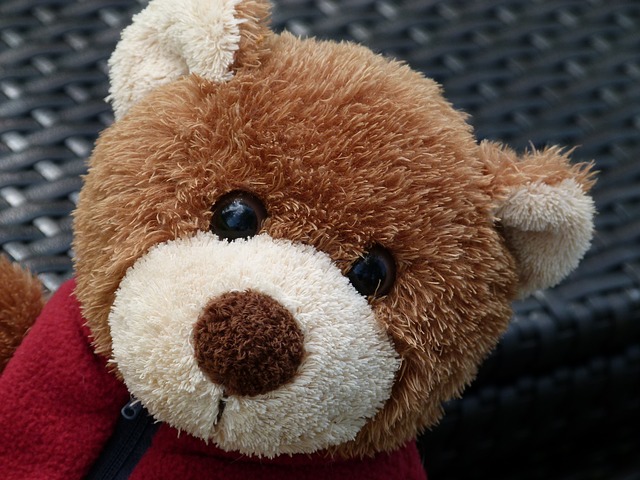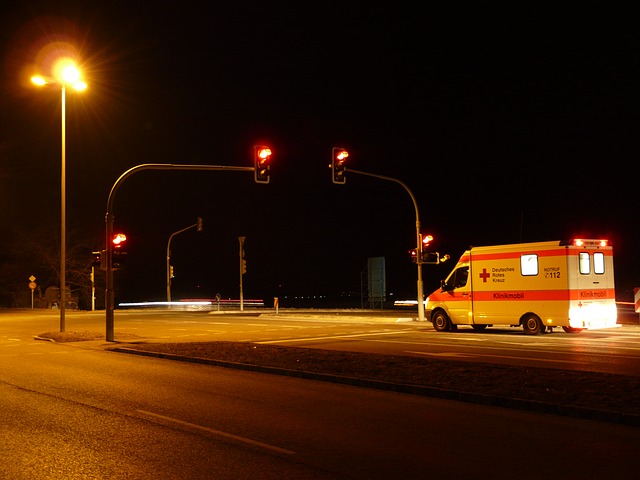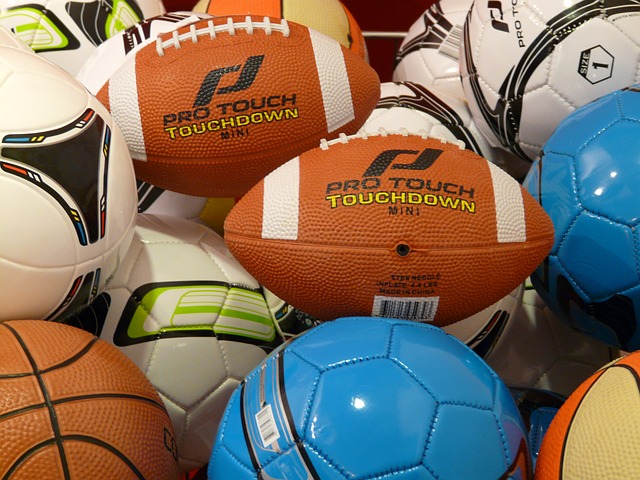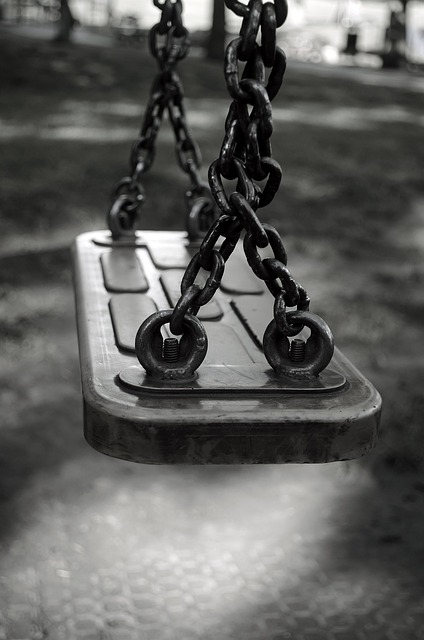Campuses are meant to be places to learn, grow, and develop skills for an entire future. Unfortunately, schools and campuses are also the site of many accidents and serious injuries. Each year, traffic accidents in Hollywood and other communities occur on school properties. Sports injuries and violence also cause many serious child injuries in Hollywood each year on school campuses. As a parent, how can you keep your child safe?
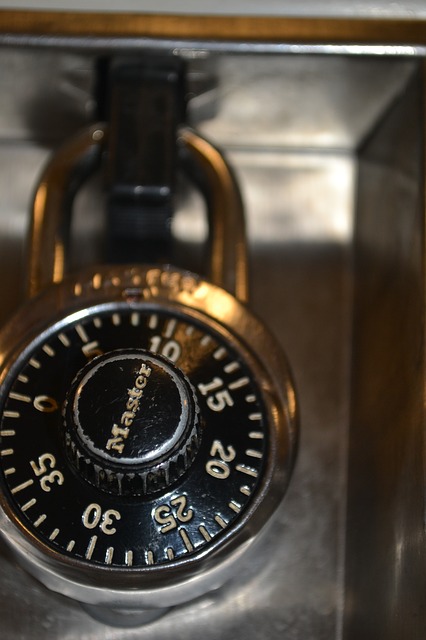
There are many things that families can do, according to safety experts:
1) Hold schools to a higher standard of safety. Schools should have written policies about safety in schools and these policies should be clear and thorough. Schools should also take steps to prevent serious injury with proper precautions. This may mean providing a well-lit campus or supervision to keep the property safe or providing special safety gear for specific sports and lab activities. When schools are negligent and injury occurs, it is important that injured parties hold schools accountable with premises liability claims in Hollywood or other legal remedies to ensure that schools take safety seriously.
2) Be proactive in teaching your child about safety. Whether your child is just entering school or is away at college, make sure that they understand what they need to do to stay safer. For a smaller child, this may mean teaching them about crossing a street safely. For a college student, that may mean alerting them about their school’s walk home safe program.
3) Treat any injuries seriously. If your child is injured at school, make sure that you get answers and a thorough investigation into what has happened. If you believe that the school was negligent and this recklessness led to your child’s injuries, contact a personal injury attorney in Hollywood or your community to get legal advice.
4) Look out for signs of bullying or harassment. Unfortunately, violence is a cause of some school injuries and it is a preventable problem. If you notice that a younger child is being bullied, get the school to take action. If a college-aged student is getting unwanted attention from another student, keep in mind that the school has a responsibility to keep the student safe. Ask lots of questions and encourage the school to take specific steps to prevent further violence and abuse.
5) Consider where your child may be injured – and take steps to prevent injury. Certain classes and certain after-school activities are especially likely to lead to injury. Science labs, cooking classes, and contact sports, for example, all have a higher risk of injury. Make sure that your child is given safety instructions to stay safe.
 Florida Injury Lawyer Blog
Florida Injury Lawyer Blog


